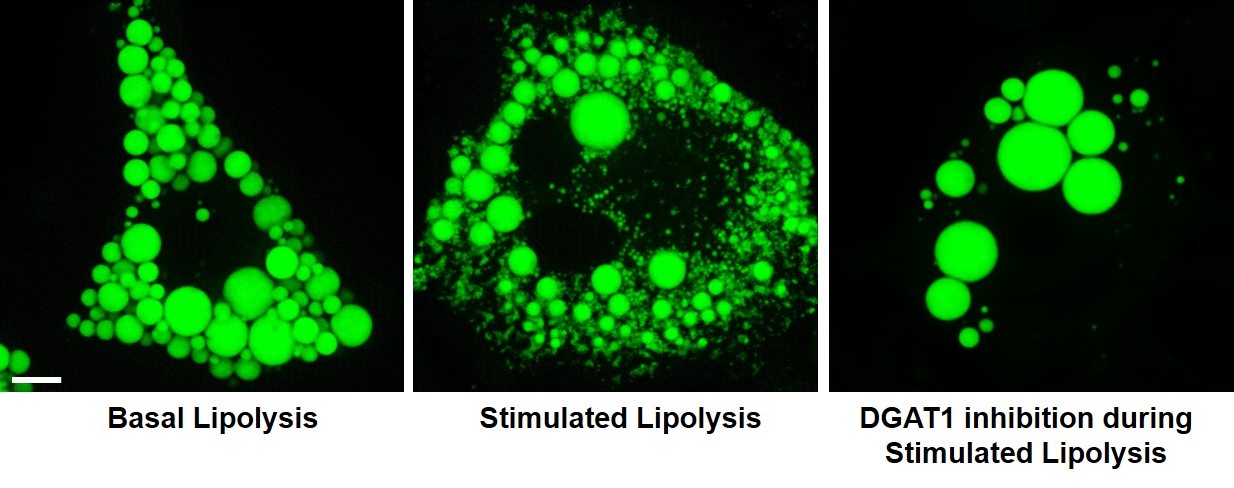
Triglyceride (TG) storage in adipose tissue provides the major reservoir for metabolic energy in mammals. During lipolysis, fatty acids (FAs) are hydrolyzed from adipocyte TG stores and transported to other tissues for fuel. For unclear reasons, a large portion of hydrolyzed FAs in adipocytes is re-esterified to TGs in a “futile”, ATP-consuming, energy dissipating cycle. The Farese & Walther lab's recent publication in Cell Metabolismshows that FA re-esterification during adipocyte lipolysis is mediated by DGAT1, an ER-localized DGAT enzyme. Surprisingly, this re-esterification cycle does not preserve TG mass, but instead functions to protect the ER from lipotoxic stress and related consequences, such as adipose tissue inflammation. These results reveal an important role for DGAT activity and TG synthesis generally in averting ER stress and lipotoxicity, with specifically DGAT1 performing this function during stimulated lipolysis in adipocytes.